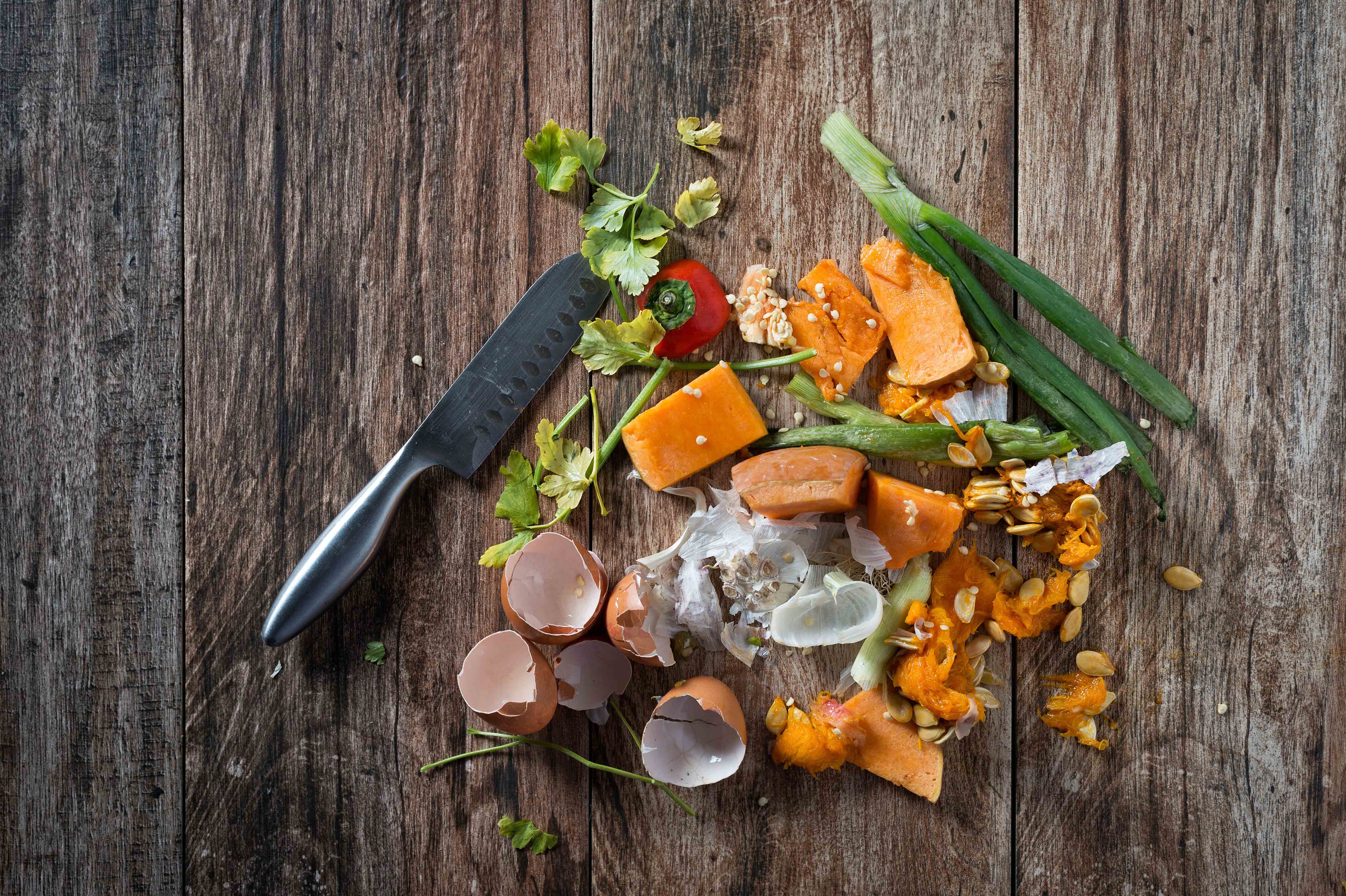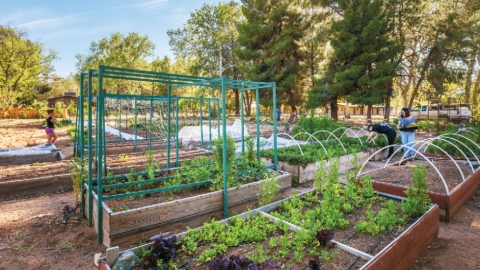A Recipe for an Environmentally Friendly Kitchen
Editors Note: Although the subject of this article is a school kitchen, most of the principles are applicable to a home kitchen as well.
I visited Patti Marrs on “Meatless Monday” at The Orme School. Meatless Monday is a worldwide campaign to educate the public about environmental problems in animal feeding operations and about the environmental and health benefits of reducing meat consumption (meatlessmonday.com). The menu’s “Quinoa Patties served with Blistered Carrots” were delicious.
I wondered, “What is Patti’s recipe?”
Obviously she’s over the top on passion with a dash of vision and a heaping portion of persistence. She describes herself as her own worst enemy, “always chasing the product and trying to make it better.” Her kitchen is now a picture of clean food, simply prepared with big environmental values and a major educational component.
This is what it looks like:
• Fresh vegetables except for frozen corn, peas and green beans (when those vegetables are out of season)
• Nutrient-dense vegetables—characterized by dark colors and full flavors
• Avoiding fruits and vegetables if they are on the “Dirty Dozen” high pesticide residue list (see the Environmental Working Group, ewg.com) or buying certified organic for these items
• Buying conventional fruits and vegetables that are on the “Clean Fifteen” list with low pesticide residue (see ewg.com)
• House-made sauces, dressings, soups, stocks, gravies, jams and syrups
• Foods in season with menus planned around them
• Whole chickens, antibiotic and hormone free
• Orme Ranch beef, raised on the adjacent but independent ranch, and cooking “nose-to-tail” including tongue tacos and stock made from bones
• Whole-grain breads, cereals and pasta
• A full and exciting salad bar
• Limiting but not eliminating processed meats like bacon and sausage
• Whole-milk cheese free from rGBH hormones (artificial growth hormone designed to increase milk production)
• Whole-fruit desserts, with local fruit when in season
• Recyclable paper and plastic ware, used only when needed
• 100% composting kitchen; the compost goes back into the garden, full-circle







